GENE SWAPPING
A pet's genes decide what characteristics its offspring will inherit from it. This includes - to current knowledge - personality values, physical traits, breed, et cetera. These genes do not affect the pet directly, to change its traits specifically you would need to edit its individual values instead.
There are two sets of each gene - set1 genes, which are inherited from a pet's mother, and set2 genes, which are inherited from a pet's father. Gen1 petz do not have parents, so both of their gene sets are identical and match their individual values.
Altering a pet's genes is a straightfoward process, and swapping entire sets out can have interesting consequences.

To start, we have two gen1 catz: an Alley Cat, Fleabag, and a Persian, Dustbunny.
Both catz have been prepped for editing with ÿ's, and their Checksum-32s have both been noted down beforehand.
The easiest first test is to just swap both catz' entire gene sections. So, highlighting from the first ÿ of the first y-band to the first 'p' in the post-YALP p f magic, we will copy and paste the data from one into the other, and vice versa.


After balancing the edit, by generating a second Sum-32 and comparing the difference, the files are saved.
Both cats will now be bred with clones of themselves. We'll start with Dustbunny, the Persian.

Normal, intact kittens! Considering the results later on, this is a good result by comparison.

Maybe not what they were expecting, but Dustbunny and clone accept the kittens as their own easily enough.
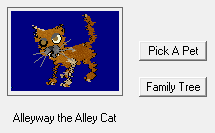
And unlike with litter swapping, the offspring are actually a different breed. Dustbunny's kittens are all purebred Alleycats, without a single trace of Persian in them.
When grown, all of the kittens behave and sound as normal Alleycats.
Now we will look at the other litter, from Fleabag and clone.

All Persians, as expected.
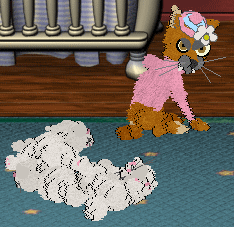
Fleabag immediately attacked her clone, and refused to sit near or acknowledge her kittens. This is more likely due to her personal failings at motherhood, rather than any suspicion of experimentation.

All of the kittens are marked as purebred Persians as well, though you may have difficulty convincing others of their pedigree now.

Back together, they can almost pretend they're just two normal families.
With that simple first test out of the way, how far can gene swapping be pushed?
Giving a cat dog genes, and vice versa, results in somewhat normal offspring, assuming you bred the modified petz with clones of themselves.
The dogs with cat genes produced normal, purebred kittens, which behaved and sounded as cats.



Whereas the cats with dog genes were slightly less fortunate, their puppies still sounded and behaved as dogs, but they came out a little scuffed.



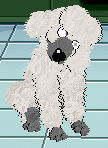
When breeding a cross-species gene-swapped pet with a regular, untouched pet, the results are slightly less predictable.



This batch, from a cat with dog genes and a normal cat, are technically dogz. Their genes are an even mix of cat and dog genes, meaning their offspring could turn out as normal kittens with the right luck.


The offspring from the dog with cat genes and a normal dog turned out as puppies, having inherited cat genes but not displayed them. Currently, it is unclear how offspring choose which inherited genes to display as personal values - there may be an unfound gene that controls for species, or maybe it is just decided by the breed data instead.


With enough litters, the dog with cat genes and normal dog did manage to produce kittens, although they were just as mangled.

This one is just wrong.
Half of the offspring produced in this way came out mute, with the rest audible but no less incomprehensible to the world.
There is probably no tangible use for this procedure, unless you really want to confuse rescue breeders.
BONUS
Genes from hexed breeds can also be easily swapped, as long as the hexie's breed file is still in Resources. If you no longer own the hexie breed file, any petz with the hexie's genes will just be unable to breed.
Giving a pet different donors for their set1 and set2 genes further scrambles their offspring as well, if you were worried about them turning out almost recognisable as living beings.
With that said, here are some unique specimens.

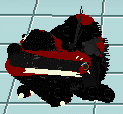
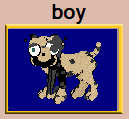



That's probably enough nightmares for one day.
Untested possibilities:
- narrowing down the breed/species data and only swapping that
- trying to breed a cat-dog hybrid back to normality














 --> Gene Swapping
--> Gene Swapping